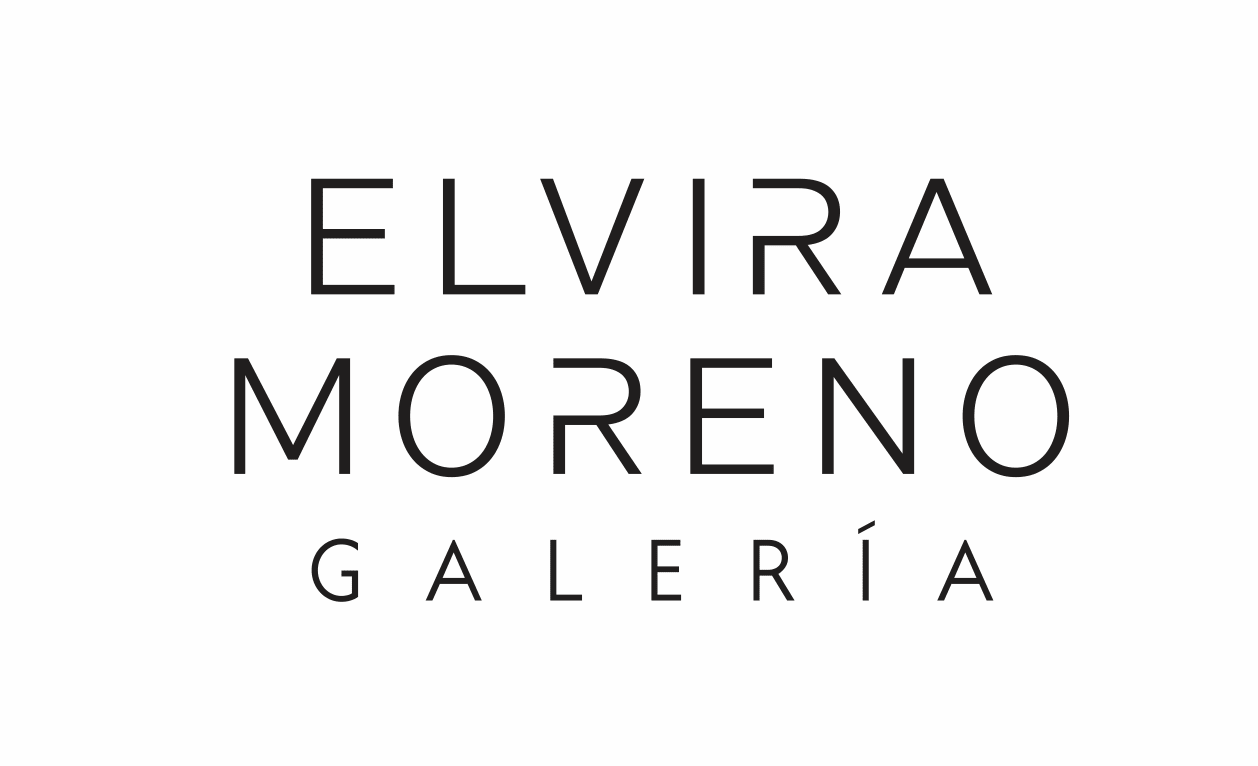ART BASEL MIAMI BEACH: Galeria Elvira Moreno
Since 1990, his work focused on exploring the origins of art, its disappearance, and its persistence over time. His iconography, informed by archaeological references and exequial rituals, translates into a contemporary reinterpretation of spirituality and symbols representing the transition between the earthly and the eternal. In this exhibition, his ‘Tombes’ series presents pieces that reference archaeological remains, conceived as thresholds to an introspective and mystical dimension. Inspired by the concept of Egyptian solar boats, the works in the ‘Barge’ series symbolize ritual vehicles that embody both physical and immaterial transitions. Finally, ‘Objet Rituel’ highlights the role of art as a sacred entity, endowed with a symbolic power that excels materiality and serves as a means of connection with the transcendent.
The Elvira Moreno Gallery (Bogotá) is participating in Art Basel Miami Beach for the first time in the prestigious Sector Survey, a sector dedicated to challenging conventional artistic canons through research projects that reclaim significant historical artistic practices, presenting the exhibition "The Immemorial: The Transcendence Of Luis Fernando Zapata," dedicated to one of the most visionary and poetic artists in contemporary Colombian art.
The exhibition pays homage to the legacy of Luis Fernando Zapata (1951–1994), whose work constitutes a profound meditation on human fragility, spirituality, and the permanence of
memory. Through sculptures, reliefs, and ritual objects created between 1988 and 1994, Zapata conceives art as a space of transition between the earthly and the eternal, intertwining influences from Mesoamerican, Egyptian, and Mesopotamian cultures with a reflection on the body and time.
His practice, developed primarily in Paris during the late 1980s, solidified as an act of aesthetic resistance against the impact of HIV. In dialogue with his life experience, his work
becomes a silent manifesto of transcendence: each barge, stele, or sarcophagus stands as a symbolic threshold —a "door of light" to the immemorial.
The exhibition's title, "The Immemorial," alludes to the concept formulated by Jean-François Lyotard, who defines it as "that which cannot be remembered or forgotten, it is that which returns uncannily." In Zapata's works, matter—paper pulp, natural pigments, and organic objects—acquires a sacred dimension, evoking relics of ancient civilizations and
configuring an archaeology of the soul. This presentation commemorates the 30th anniversary of the artist's death, revisiting works safeguarded for three decades that now resurface as a testament to a sensibility ahead of its time. The work of Luis Fernando Zapata is part of prestigious institutional collections, including the Centre Pompidou (Paris), the Reina Sofía Museum (Madrid), the Leslie-Lohman Museum of Art (New York), the Banco de la República Museum (Bogotá), and the Bogotá Museum of Modern Art (MAMBO), as well as prominent private collections in the Americas, Europe, and Latin America. At a time when contemporary art revisits notions of ritual, body, and spirituality, Zapata's work acquires a luminous relevance, revealing art's capacity to endure as a testament to the human soul. The Elvira Moreno Gallery is a space dedicated to research, experimentation, and
progressive thought, focusing on exhibitions that explore the relevance of contemporary art, the international historical influences on Latin American art, the rediscovery of fundamental and transcendent artists who died as a result of the HIV/AIDS epidemic, and contemporary manifestos that lead to a broader and more complete understanding of new artistic languages and paradigms in contemporary Latin American art.



